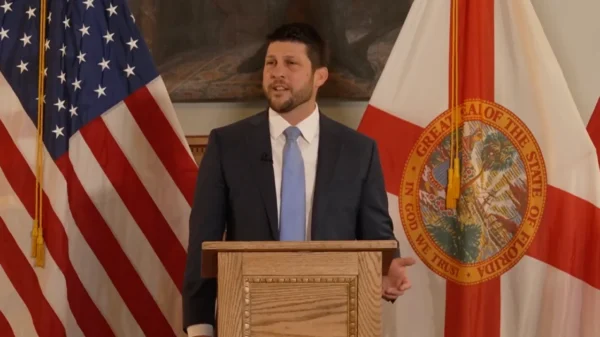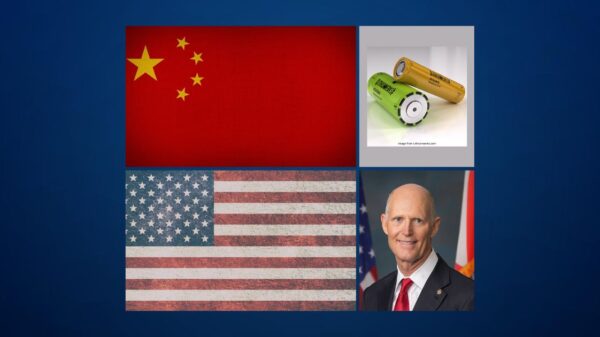U.S. Sens. Marco Rubio, R-Fla., and Cynthia Lummis, R-Wy., sent a letter to U.S. Department of Agriculture Sec. Tom Vilsack urging him to allow flexibilities for prime agricultural lands under the Conservation Reserve Program (CRP) to be utilized for the production of food and feed-grade grains to help American crop growers respond to global food shortages and supply chain impacts caused by Russia’s invasion of Ukraine.
The letter is below.
Dear Secretary Vilsack:
We write to urge you to provide necessary flexibilities for agricultural lands conserved under the Conservation Reserve Program (CRP) to be utilized for the production of food and feed-grade grains. This would directly help American crop growers respond to global food shortages and supply chain impacts caused by the war in Ukraine.
Vladimir Putin’s invasion of Ukraine has resulted in historic levels of uncertainty and disruption within global grain markets, and the situation threatens nations which are at risk of experiencing food insecurity. Those nations which have heavily relied upon Ukraine and Russia in the past for grain supplies are especially at risk, and the economic ripples caused by the war are adversely impacting Americans. Before the war, Ukraine was one of the world’s highest-volume exporters of corn, wheat, sunflower seed oil, and other seed and grain products. However, Putin’s invasion of Ukraine threatens to fully prevent the sowing and harvest of Ukrainian grains from occurring this year. This reality has already contributed to a sharp rise in grain prices since the invasion began on February 24, and could have lasting impacts on global food prices and supplies, worsen the already poor economic conditions within the U.S., and lead to famine and conflict in some of the world’s most impoverished nations.
In the U.S., corn is the most commonly-used grain to feed livestock, accounting for more than 95 percent of the feedstock that is used to feed American livestock.
Troublingly, the price of corn has risen more than 40 percent since September 2021 due to inflation, supply chain disruptions, and market fears. These price increases are consequentially passed along to livestock producers, meat packers, and ultimately to end consumers food, the American people. Given the integral role of corn within our economy, the increasing price of corn is certainly contributing to severe economic harm within the United States and around the world.
Internationally, the food supplies of dozens of countries across Africa, the Middle East, and South Asia are at risk, as many of these nations have been dependent upon Ukrainian grain exports for years. Food insecurity in these regions threatens to cause famine, instability, and refugee crises amidst already dire situations in the Horn of Africa, the Sahel, and the Levant. The stabilization of global grain markets through increased American output would help blunt the impacts of the current crisis.
Increasing American food output requires timely access to additional acreage. Through CRP contracts with farmers, USDA currently conserves approximately four million acres of high quality farmland, which could be used to rapidly increase American food production. In order to preempt additional food market impacts and mass hunger in the third world, we urge you to provide flexibilities to allow farmers to use these lands immediately.
Allowing crop production on CRP lands is a critical step for stabilizing food prices that have skyrocketed in recent months, and to help American growers fulfill the unmet global demand for grains that threatens the lives of tens of millions of people, which may only worsen if not sufficiently addressed in the short term.
Thank you for your attention to this important matter.





















